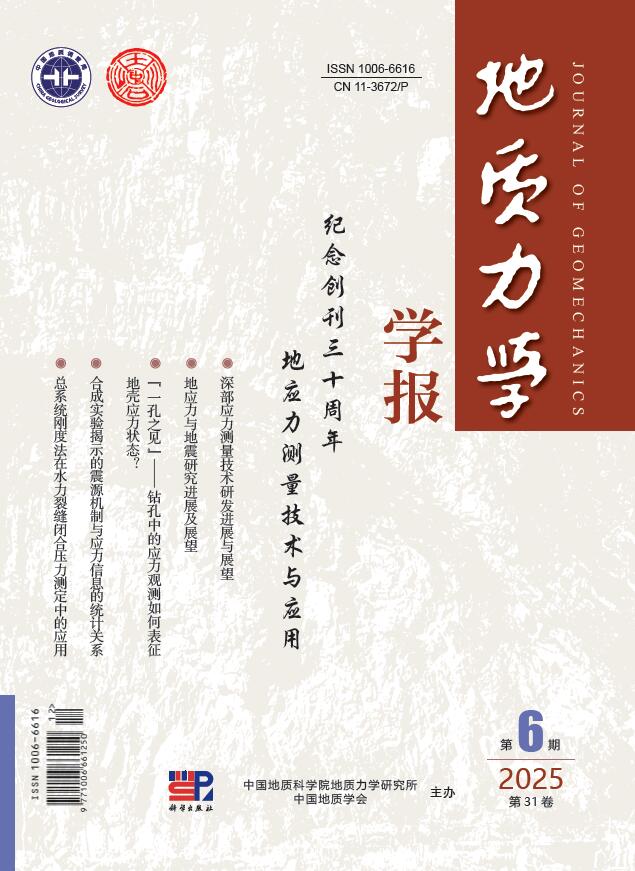2011 Vol. 17, No. 4
Display Method:
2011, 17(4): 303-311.
Abstract:
2011, 17(4): 312-321.
Abstract:
2011, 17(4): 322-337.
Abstract:
2011, 17(4): 338-349.
Abstract:
2011, 17(4): 350-360.
Abstract:
2011, 17(4): 361-372.
Abstract:
2011, 17(4): 373-380.
Abstract:
2011, 17(4): 381-387, 409.
Abstract:
2011, 17(4): 388-401.
Abstract:
2011, 17(4): 402-409.
Abstract:



